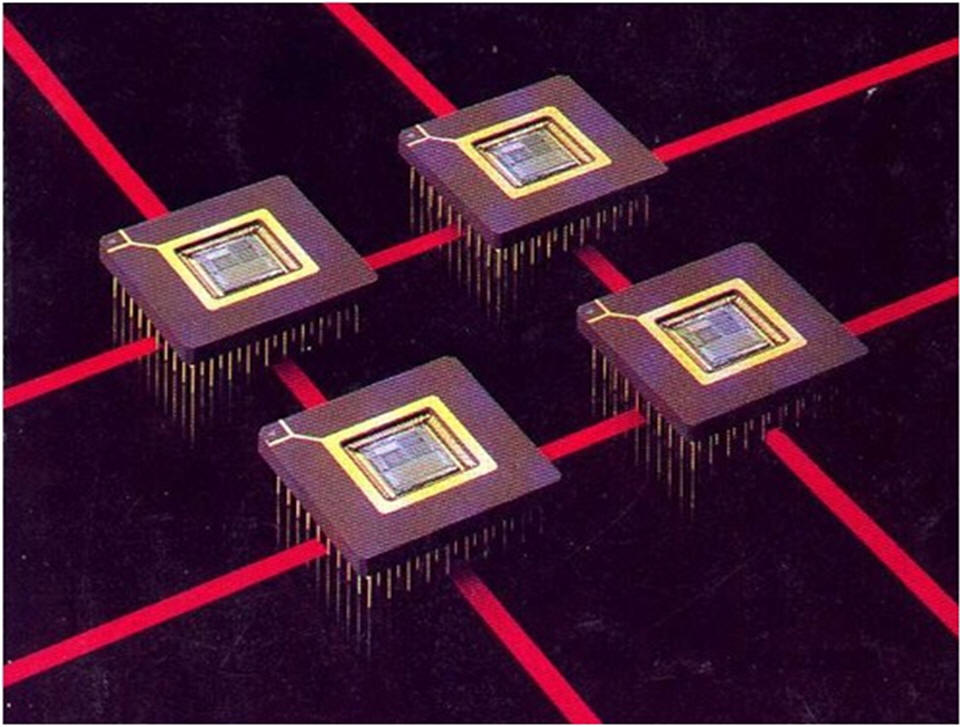
Master Program (Laurea Magistrale) in Computer Science and Networking
Academic Year 2012-13
High Performance Computing

Course objectives
This course deals with two interrelated issues in high-performance computing:
1. fundamental concepts and techniques in parallel computation structuring and design, including parallelization methodologies and paradigms, parallel programming models, their implementation, and related cost models;
2. architectures of high-performance computing systems, including shared memory multiprocessors, distributed memory multicomputers, clusters, and others.
Both issues are studied in terms of structural model, static and dynamic support to computation and programming models, performance evaluation, capability for building complex and heterogeneous applications and/or enabling platforms, also through examples of application cases. Technological features and trends are studied, in particular multi-/many-core technology and high-performance networks.
An initial part is dedicated to review basic concepts and techniques in structured computer architecture, in order to render the different backgrounds of students as uniform as possible.
Course outline
Part 0: Background - Structured Computer Architecture
Structuring by levels and processing modules, The firmware level, The assembler machine and its basic interpreter, Processes and virtual memory, Memory hierarchies and cache architecture, Interprocess communication mechanisms and their run-time support
Part 1: Structuring and Design Methodology for Parallel Applications
Structured parallelism at applications and process levels, Cost models, Impact of communications, Parallel computations as queueing systems / queueing networks, Parallel paradigms: Pipeline, Data-flow, Farm, Function partitioning, Data parallel, Parallel systems at the firmware level: Instruction level parallelism: Pipeline, superscalar, multithreaded CPUs; SIMD architectures and GPUs
Part 2: Parallel Architectures
Shared memory multiprocessors: SMP and NUMA architectures, Distributed memory multicomputers: Clusters and MPP architectures, Run-time support to interprocess communication, Interconnection networks, Performance evaluation, Multicore architectures
Introduction to Master Program in Computer Science and Networking 2012-13
Course Notes - Part 0 - Background on Structured Computer Architecture
Course Notes - Part 1 - Parallel Computing Methodology
Appendix to Part 1: document of Gabriele Mencagli on parallel graphs resolution
Course Notes - Part 2 - Parallel Architectures
Distributed Memory Architectures. Course conclusion, research topics.